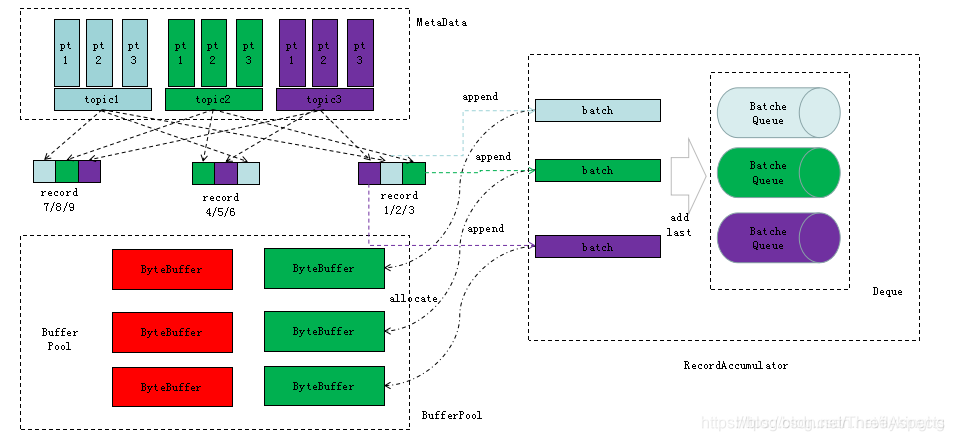蓄水池专题
398. Random Pick Index 382. Linked List Random Node 蓄水池原理
蓄水池原理应用: 随机返回n个元素中的某个元素,从0开始遍历这n个元素 用count记录遍历过得元素数目(符合要求的元素在数,比如数值等于target的数组索引),如果random(count)==0 则选中这个元素。 可以证明 在遍历的过程中 随着遍历元素数目的增加 random(count)==0 的几率是随机均等的 Given an array of integers
蓄水池采样 Reservoir Sampling
# coding:utf8import random# 从n个数中采样k个数def reservoir_sampling(n, k):# 所有数据pool = [i for i in range(n)]# 前k个数据res = [i for i in range(k)]for i in range(k, n):v = random.randint(0, i)if v < k:res[v] =
【蓄水池问题】太 nice 了!我中奖啦!
小伙伴们中过奖么? 是不是都是 中奖绝缘体 呢? 今天我们就来聊一聊关于中奖的 概率 问题~ 先思考两个问题 如果让你从规模为 N 的数据序列中,随机选取出 k 个不重复的数据,你会怎么做呢? 是不是很简单,知道了总数 N ,等概率随机选择 k 个即可,每个数据被选到的概率均为 k / N k/N k/N 。 问题变一下:那如果从始至终都不知道 N 的具体大小呢?也就是说,数据流长度
面试题80:海量数据等概论抽样(蓄水池问题)
题目: 从N个元素中随机抽取K个元素,N的个数不确定,要求保证每个数字被抽中的概率相等。 解读: 这种应用的场景一般是数据流的情况下,由于数据只能被读取一次,而且数据量很大,并不能全部保存,因此数据量N是无法在抽样开始时确定的;但又要保证概率相等。 解决: 解决方案就是蓄水池抽样。主要思想就是保持一个集合(这个集合最终的数字就是被抽中的数字)。依次遍历所有数据的时候以一定的概率替换掉这个
随机算法之蓄水池抽样问题
蓄水池抽样问题是从动态变化的N个元素中随机抽选出M个元素(N>=M) 算法描述如下: Init : a reservoir with the size: kfor i= k+1 to NM=random(1, i);if( M < k)SWAP the Mth value and ith valueend for 由于N的个数是不确定的,这就意味着不论N的个数是多少,里面元素都要
基于51单片机的蓄水池液位无人监测与自动调节系统设计
设计并实现基于51单片机的蓄水池液位无人监测与自动调节系统是一篇工程实践性很强的技术论文,以下是一个可能的论文提纲示例: **标题:** 基于51单片机的智能蓄水池液位监测与自动调节系统设计 **摘要:** 本文针对蓄水池液位实时监测与自动化控制的需求,设计了一套基于51系列单片机为核心的无人值守监测与调节系统。该系统通过集成液位传感器、执行机构和远程通信模块,实现了对蓄水池液位的精确测量、动
Kafka生产者蓄水池机制
1.1、整体架构 从上面的架构图可以看出,生产的流程主要就是一个producer线程和一个sender线程,它们之间通过BatchQueue来获取数据,它们的关系是一一对应的,所以Kafka的生产过程都是异步过程。它的同步和异步指的是接收响应结果的模式是同步阻塞还是异步回调。同步和异步的生产者调用示例如下: 异步生产模式:producer.send(new ProducerRecord<
Reservoir Sampling - 蓄水池抽样
问题起源于编程珠玑,其描述如下: How could you select one of n objects at random, where you see the objects sequentially but you do not know the value of n beforehand? For concreteness, how would you read a text






